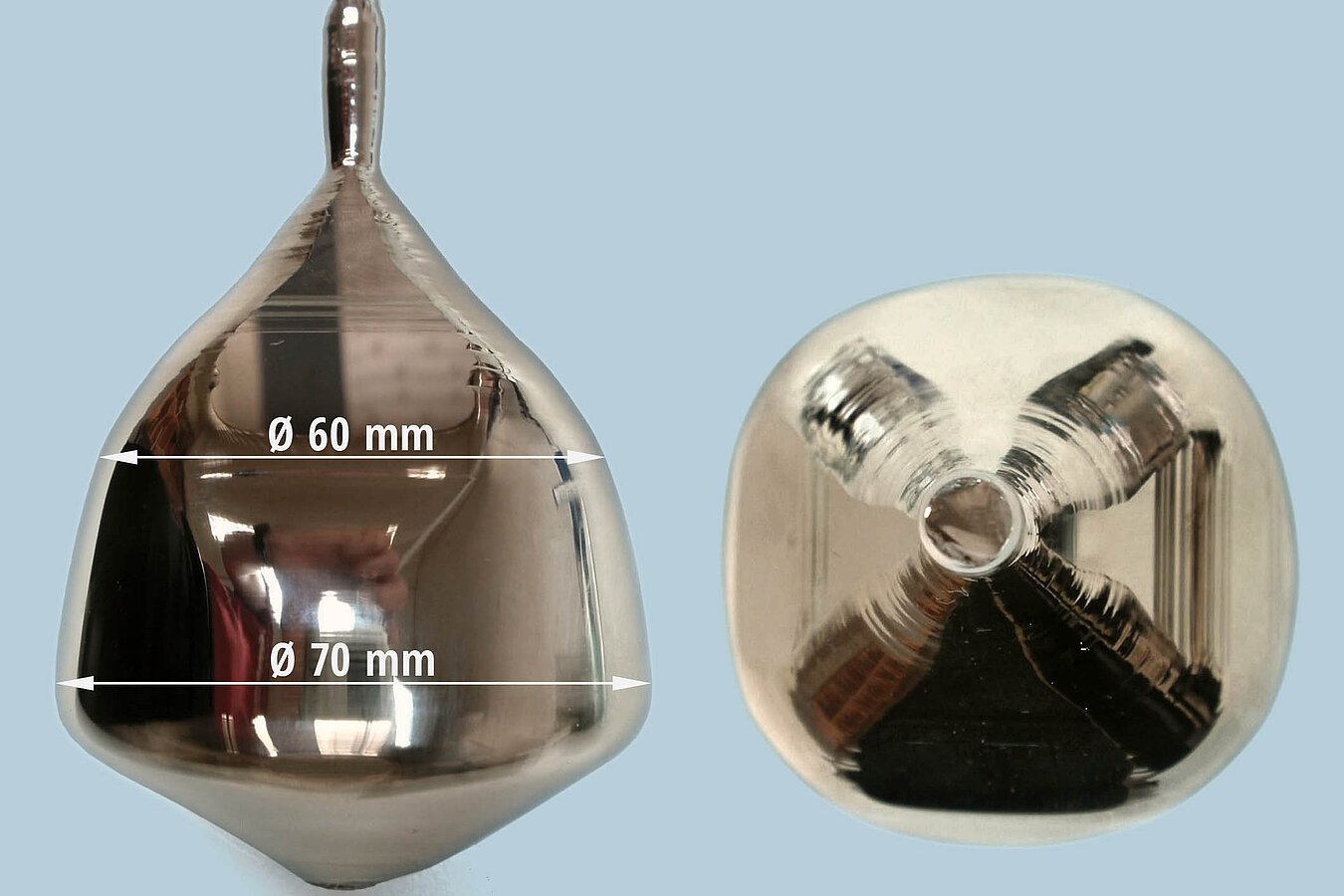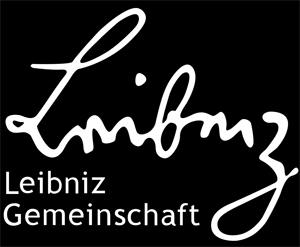The quest to understand the matter-antimatter imbalance in the Universe and its existence could be answered if the very rare “neutrinoless double-beta decay (0νββ)” process can be positively detected by the astrophysicists in their experiments using isotopically pure germanium-76 (76Ge). In a nucleus with a given mass number and atomic number, a 0νββ-decay transforms two neutrons simultaneously into two protons, along the emission of two electrons but, without the emission of two neutrinos (another fundamental particle with no charge). These two electrons carry the available decay energy, and the resulting mono-energetic signal is the prime experimental signature. However, the half-life of this decay process is extremely long (T1/2 >1026 years) which is more than a billion million times the age of the universe. The probability of detecting this decay and the sensitivity of the detection will be higher if more Ge atoms are involved in the process and if an ultra-high purity material is utilised respectively. Ge is serving here as a detector material as well as a source for the decay process. The current generation multinational LEGEND (Large Enriched Germanium Experiment for Neutrinoless Double beta decay) experiment at the Gran Sasso National Laboratory (Italy), with participation of more than 50 countries, plan to employ several detectors made out of high-purity 76Ge crystals with a total mass of 200 kg, providing both ultra-low background and the state of the art highest energy-resolution.
Czochralski (Cz) technique is employed to grow such high purity Ge (HPGe) single crystals due to the freedom for preparing the required diameter and length with a possibility to engineer the structural defects. Nonetheless, preparing “detector-grade” Ge single crystals of exceptionally high purity with tailored structural defects is a great challenge. The impurity presence in the crystal must be down to parts per trillion (ppt) level, which may be equivalent to a net charge carrier (electron or hole) concentration n or p < 1010 cm-3. IKZ-Berlin, an active member of this multinational consortium, is developing a technology for reaching such an extreme-high purity in Ge, within the framework of a BMBF funded project “LEGEND”.
The presence of common shallow acceptor/donor impurities mainly, boron (B), aluminium (Al), phosphorus (P) usually show up in HPGe crystals. These impurities have effectively to be removed using multiple zone-refining (ZR) process. The purity acquired in this ZR method is a function of the segregation coefficient of the respective impurity in Ge and the number of refining cycles. The best-suited container material is the fused silica (quartz) boat as it is also available in very high purity. However, the wetting of the Ge melt on silica causes the boat to break when Ge solidifies, and leading to a big technological hurdle. Hence, in order to avoid the wetting and also to prevent the diffusion of impurities from silica boat to Ge, we have established a new process technology for coating the boats with porous quartz smoke. It was found that it indeed helps the effective segregation of Al impurity as well. The complete material processing is performed in the clean-room environment and with a H2 gas atmosphere under strictest safety precautions to reach a targeted purity level. After a few 10s of cycles, we could able to manifest a very low impurity concentration in Ge, consistently in the order of 1010 per cm3, as assessed by the low temperature Hall effect measurements.
These high purity Ge-bars have subsequently been used as starting source materials for the single crystal growth by Cz method. Further, the Cz-equipment is recently enhanced with the appropriate hot-zone materials in order to meet the high-purity requirements, and the growth process has been well optimised. The grown crystals showed a net charge carrier concentration in the order of 109 – 1010 cm-3 with a relatively high mobility along with a required defect density ~ 103 per cm2. For the first time at IKZ, HPGe single crystals of such ultra-high purity below “pptlevel” is successfully demonstrated by the small, but a dynamic team. These results further motivate us to raise the purity bar even to a higher level and to set a benchmark for detector-grade crystal production and delivery. With further process enhancement and scaling-up, IKZ is well positioned to meet the requirements of the future ton-scale LEGEND-1000 experiment.
Acknowledgement and congratulations to the entire LEGEND Project Team!
Further information:
R. Radhakrishnan Sumathi (Semiconductor Section)


